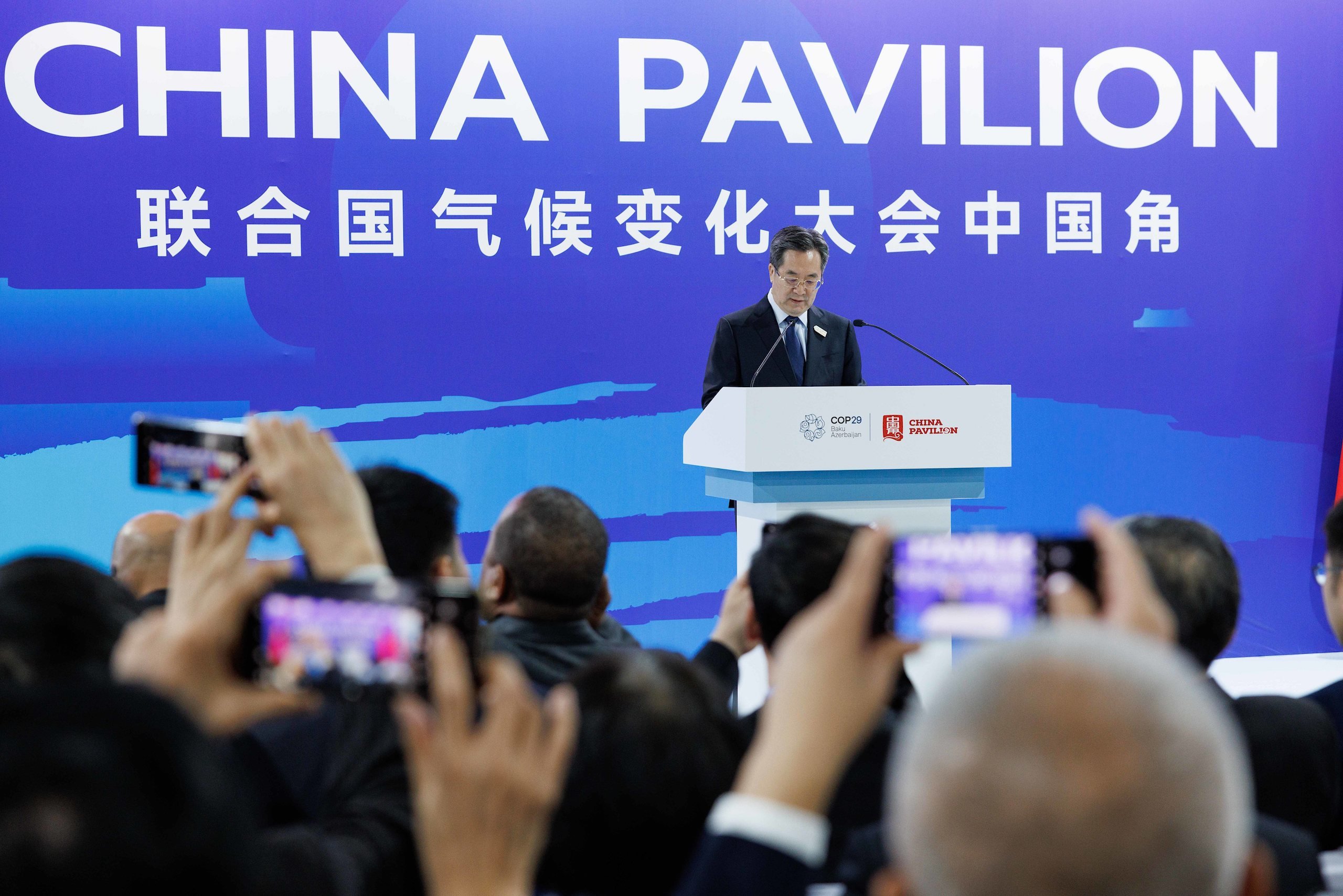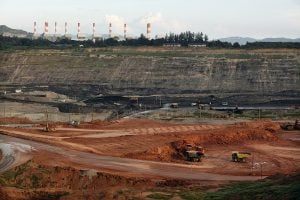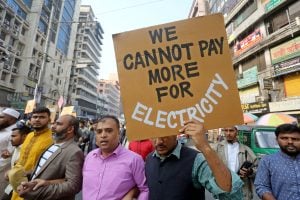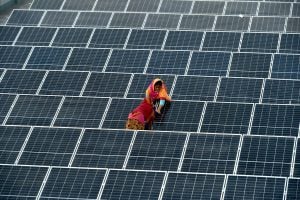Climate finance is high on the agenda at COP29, which is currently taking place in Baku, Azerbaijan. The escalating climate crisis has led the UN to estimate that developing countries need approximately USD 6 trillion to enact their climate change action plans by 2030.
The talks in Baku are centred around the New Collective Quantified Goal on Climate Finance (NCQG), which will be a critical measure of the conference’s success. The NCQG builds on a 2009 commitment made by developed countries at COP15, to provide USD 100 billion in climate finance to poorer nations annually by 2020. Key issues under discussion at COP29 include the ultimate funding targets, developing countries’ priorities and needs, and the design of financing mechanisms.
So far, developed countries including Switzerland and Canada have used COP29 to propose expanding the contributor base, mobilising more nations to join. Emerging economies such as China, the United Arab Emirates and South Korea (not included in COP15’s USD 100 billion commitment) are now seen by the international society as capable and responsible for making more significant contributions to climate finance.
China is under the brightest spotlight. Recent studies by several thinktanks indicate that since its Belt and Road Initiative was launched, China has contributed over USD 30 billion to global climate finance. According to the World Resources Institute, this puts China on a par with the United Kingdom, to become the joint fifth-largest provider of climate finance after Japan, Germany, the United States and France.
First announced by Xi Jinping in 2013, the Belt and Road Initiative (BRI) is a global infrastructure development strategy designed to boost trade and economic growth. “Belt” refers to the Silk Road Economic Belt – a series of overland routes linking China to Europe via Central Asia and the Middle East; “Road” acknowledges the 21st-century maritime Silk Road – a sea route connecting China’s southern coast to the Mediterranean via East Africa. A vast range of projects, including motorways, ports, power plants and factories, have been called a part of the Belt and Road Initiative. You can read our BRI reporting here.
Speaking in Baku on 12 November, the Chinese Vice Premier Ding Xuexiang highlighted that, since 2016, China has provided and mobilised over CNY 177 billion (approximately USD 24.5 billion) in project funding to support other developing countries in addressing climate change. He also called for developed countries to increase their financial support and technology transfers to developing countries. However, this figure was absent from Chinese official media reports the following day, sparking speculation that China might be wary of its statements being taken out of context, and potentially misrepresenting its stance on NCQG.
What is China’s position on the NCQG negotiations? What role does it play in global climate finance? And, to avoid a zero-sum game underpinned by China-US tensions regarding the scope of contributors, what considerations should guide the NCQG design? This article seeks to clarify these questions.
China’s contributions to global climate finance
According to the Organisation for Economic Co-operation and Development (OECD), for nine years there was a consistent gap between climate financing targets and the actual funds received by developing countries, between 2013 and 2021. It was not until 2022 that developed countries surpassed the USD 100 billion annual target for the first time, providing USD 115.9 billion in climate finance for developing nations. This was two years behind schedule – and even then, the figure was questioned.
China is emerging as an important source of funding for climate finance in developing countries. According to a recent study by the Center for Global Development (CGD), a thinktank based in London and Washington DC, China has contributed about USD 3.8 billion annually in climate finance to developing countries since the implementation of the Belt and Road Initiative in 2013, through bilateral, multilateral and regional financing mechanisms. By 2021, China had contributed a total of USD 34.3 billion in climate finance.
Globally, there is no unified definition of climate finance. The Organisation for Economic Co-operation and Development (OECD) defines climate finance as possessing these distinct components:
- Bilateral public climate finance provided by institutions, notably bilateral aid agencies and development banks.
- Multilateral public climate finance provided by multilateral development banks and multilateral climate funds.
- Climate-related, officially supported export credits, provided by developed countries’ official export credit agencies.
- Private finance mobilised by bilateral and multilateral public climate finance.
China’s climate finance goes mainly to developing countries in Asia and Africa. The CGD’s research shows that about half of it is invested mainly in the energy sector, followed by transport, water supply and sanitation. In the energy sector, photovoltaic (solar power) projects accounted for 39% of the total, followed by hydro and wind projects at 25% and 16% respectively. Transport investments are dominated by urban light rail and metro. Investments in mining accounted for only 4%. Agriculture, forestry and fisheries accounted for only 1%.
According to the World Resources Institute’s report, China channels its climate financing through four main avenues: bilateral public funds, multilateral public funds, export credits and mobilised private financing.
It is worth mentioning that China’s overseas climate investment is mainly in the form of loans. Only 3% of the money was given as grants, far lower than the 39% level of developed countries.
Beata Cichocka, research associate of the CGD’s European Development Policy and Leadership Programme, tells Dialogue Earth this is crucial:
“Although China has provided some USD 27 billion in bilateral and regional climate-related finance since 2013, only the equivalent of USD 6 billion of this can be considered ‘grant-equivalent’ support [ie funding that is either not repayable, or comes with significant concessionality compared with market rates].”
Beyond NCQG: Other dialogues?
During COP29 negotiations, China, alongside the Group of 77 (G77), has called for developed countries to increase their financial commitments for the NCQG. Previously, China committed to supporting the NCQG through the BASIC Ministers Joint Statement on Climate Change. But the country also expressed “serious concern” over proposals from developed countries to expand the contributor pool alongside downplaying their own obligations.
An anonymous Chinese expert tells Dialogue Earth that while China will adhere to NCQG principles, alternative platforms for dialogue could help push progress via other consensus-based declarations.
China’s position in the NCQG negotiations appears similar to its stance on the Loss and Damage Fund at COP27: it does not have an obligation to contribute financially to the NCQG targets because it remains a developing country.
China has also consistently helped other developing countries mitigate and adapt to climate change through the “South-South Cooperation” mechanism, sharing resources, technology and knowledge.
Speaking inside COP29’s China Pavilion, the country’s vice ecology and environment minister, Zhao Yingmin, said: “China has signed 53 South-South Cooperation Memorandums of Understanding on climate change with 42 developing countries, and has provided training for more than 10,000 individuals from over 120 countries.”
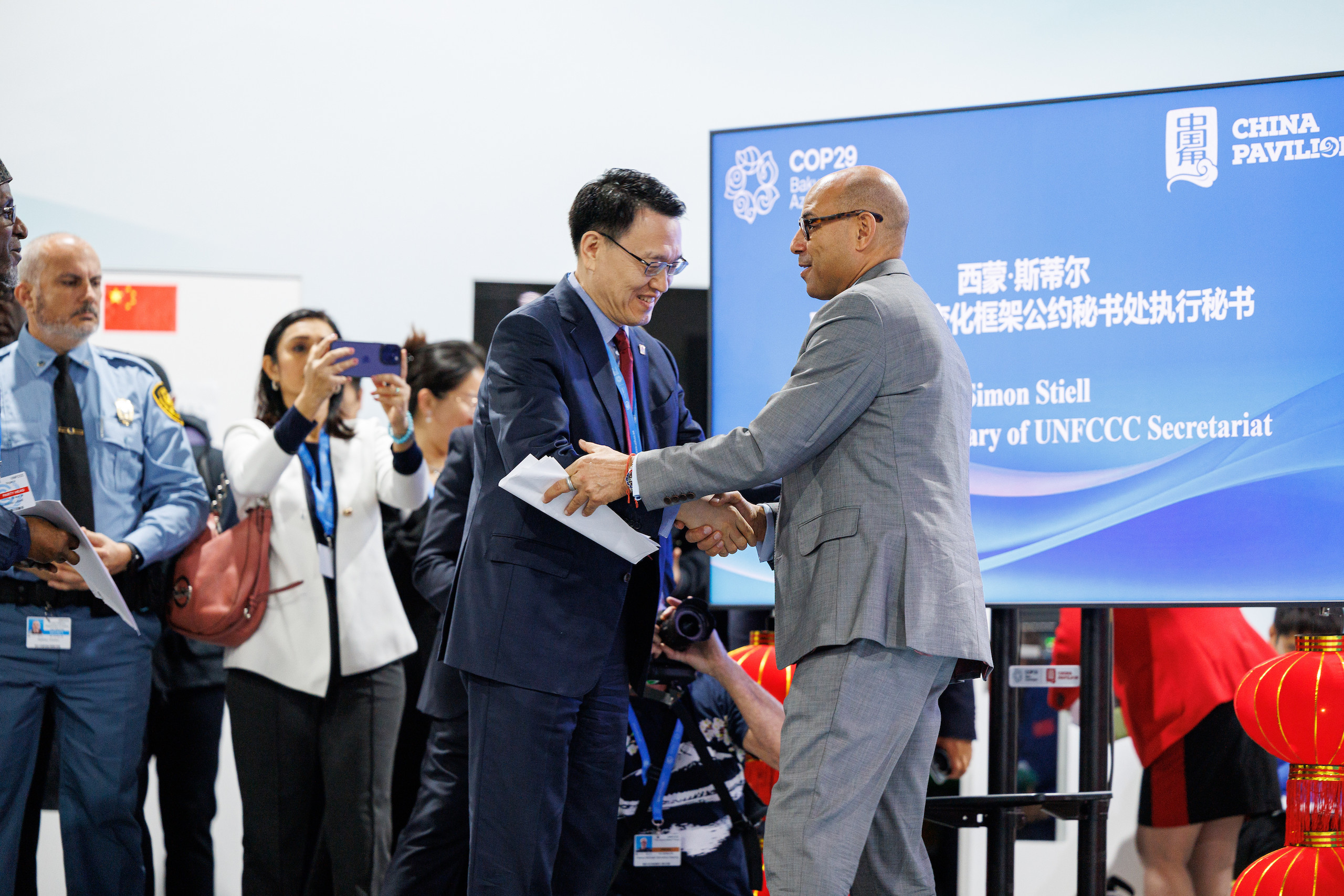
According to Cichocka, China’s existing and voluntary contributions (including non-financial projects) through its South-South Cooperation mechanisms should be acknowledged. To avoid the discussion on the contributor base from becoming a zero-sum game in the context of bilateral China-US tensions, she suggests framing this more broadly, to acknowledge the growing role and responsibility regarding climate change of many other emerging economies beyond China.
“China has the dual experience of being both a recipient and provider of international climate finance – and in this way it can contribute to the discussions from a unique perspective,” Cichocka says.
Funding targets: Inflation adjustments
At the time of writing, NCQG’s funding targets remain under negotiation. Developing countries are advocating for developed nations to provide USD 1.3 trillion annually, while developed countries favour maintaining the “at least USD 100 billion annually” phrasing.
Teng Fei, deputy director of Tsinghua University’s Institute of Energy, Environment and Economy, says if USD 100 billion continues to be the starting line, the targets are in fact not growing but declining: this target originated 15 years ago, which means USD 100 billion in 2024 is equivalent to USD 70 billion in 2009 considering inflation.
Teng says: “Based on the inflation rate of the US dollar over the past 15 years, developed countries would need to provide USD 170 billion in climate finance to developing countries by 2030, and USD 200 billion by 2035.”
In addition, the design of the NCQG framework also requires reform. That is according to Liu Shuang, director of the World Resources Institute’s China Finance Program. She believes a good framework should be multilayered, tailored to the diverse national circumstances of developing countries, and should not consist solely of concessional or commercial loans.
“It is essential to design a multilayered funding support mechanism based on the needs of developing countries and the characteristics of different sectors,” Liu explains. “This could be part of the NCQG discussions or go beyond the scope of NCQG.”
The global challenge: Reporting and regulation
The NCQG encompasses not only financial targets but also mechanisms for reporting, implementation and regulation. At present, China lacks a tracking and disclosure system for climate finance.
“There are many practical obstacles; it’s not that China is unwilling to report,” says Liu. “The challenge lies in accounting for funds from various channels. China currently lacks an established coordination and reporting mechanism, and no government department has been authorised to take on this responsibility.”
In fact, the reporting, implementation and regulation of the NCQG are significant challenges globally. Even within the UN, there are numerous types of climate and environmental funds. Among the most well-known are the Global Environment Facility, the Climate Investment Funds and the Green Climate Fund. These funds have overlapping areas of focus but differ in their financing priorities and mechanisms.
“In recent years, one of the major controversies has been that within the UN system, there are various types of climate funds and contributing institutions, but no coordination mechanism among them. Each operates independently, which has resulted in resources not being utilised in the most effective way,” says Liu.
Developed countries, having been involved in climate finance collection and reporting for longer, are relatively more experienced. For example, in the US, climate finance reporting is coordinated by the team of the Special Presidential Envoy for Climate Change, working with all funding-related departments. The main funding entities include the United States Agency for International Development and the Export-Import Bank of the United States. In addition to coordination mechanisms, the human resources required for data collection, organisation and reporting are substantial.
“We could learn from the biennial transparency reports mechanism under the Paris Agreement and establish a cross-government and financial-sector reporting mechanism led by the Ministry of Ecology and Environment. This would benefit us not only in terms of foreign aid but also in climate finance management,” Liu says.
Closing the domestic gap
With the frequent occurrence of extreme weather events in recent years, China itself is facing a huge funding gap to address climate change. China’s fourth national communication on climate change shows that according to its Nationally Determined Contribution target (updated in 2021), the total funding requirements for its climate change mitigation requirements between 2021 and 2030 will reach about CNY 19.8 trillion (USD 2.7 trillion). The equivalent 2021-2060 figure will reach about CNY 260 trillion (USD 36 trillion). The largest funding areas have been identified as power, transportation and construction.
Research on China’s funding needs for adapting to climate change is relatively limited. There is no data on the adaptation funds required to meet its updated NDC targets.
Under the 2015 Paris Agreement, countries are required to prepare an outline for their efforts to reduce national emissions and adapt to the impacts of climate change. These commitments are referred to as Nationally Determined Contributions (NDCs).
NDCs are submitted every five years, and successive NDCs are supposed to be more ambitious than previous ones (the so-called “ratchet mechanism”). Combined, these national targets should amount to a coordinated global effort to reduce the severity and impact of climate change.
Dialogue Earth consulted Shao Danqing, a research associate at Peking University’s Macro and Green Finance Lab: “A trend is that financial aid to China from developed countries is gradually decreasing. For example, Japan and Germany, which have provided grants or concessional loans to China over the past decades, have gradually stopped or reduced their financial aid. Financial support from multilateral development banks to China is also expected to decline.”
Shao says China’s public funds are far from sufficient to meet the funding needs for addressing climate change. Therefore, blended financing mechanisms must be utilised, leveraging public funds to attract more private sector investment to bridge the gap and support a just transition.
“We call it concessional or catalytic funding, meaning we hope these funds can take on more risks or accept lower returns to attract private sector investment. This would help ensure that the risk-adjusted returns of climate projects – whether for mitigation or adaptation – can meet the needs of commercial capital,” she says.
Teng notes that, if the returns on climate projects could reach 8%, private sector capital would be highly motivated to invest.
Shao says China’s existing green finance standards and green industry guidance does not cover “transformation” activities that help carbon-intensive sectors decarbonise or enhance climate resilience – this needs to be developed.
Currently, the People’s Bank of China is leading the development of a national transition finance standard. This will help financial institutions better identify projects or enterprises eligible for transition financing support. It also covers low-carbon transition activities in the coal power sector.
Shao suggests China could, on the one hand, support other developing countries in addressing climate change through multilateral initiatives such as the Green Belt and Road Initiative and South-South Cooperation. On the other hand, China should explore mechanisms like blended financing to leverage more domestic private sector funds to support its own climate goals.
“As the largest developing country, China’s achievement of carbon neutrality will be a significant contribution to the global climate process,” she says.
